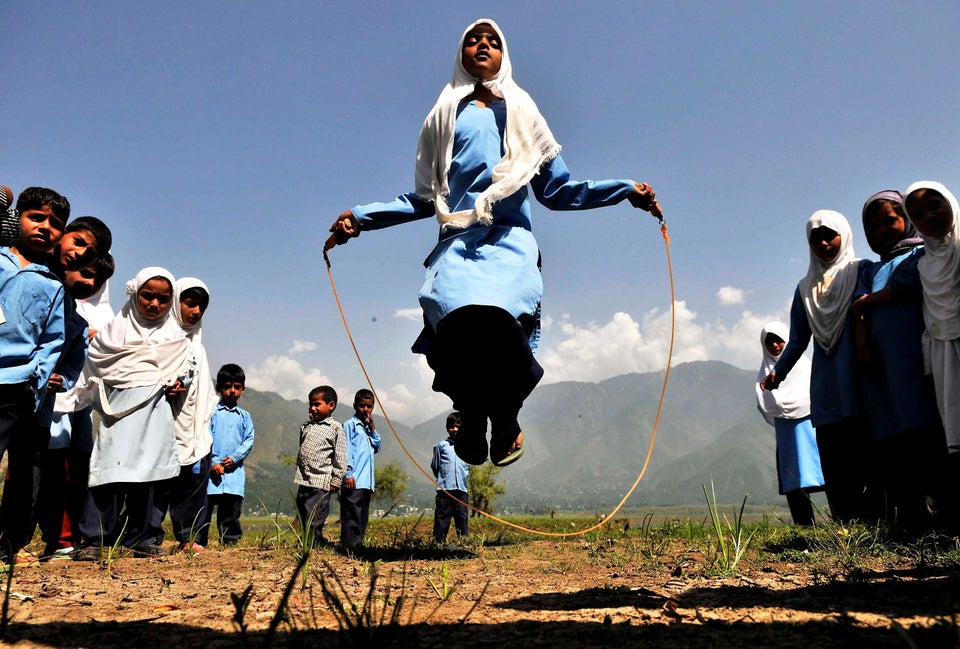Teen girls in one of the largest slums in India are developing apps to tackle problems in their community.
The Dharavi Diary project, started by filmmaker Nawneet Ranjan, teaches girls in Mumbai’s Dharavi slum how to code, according to Business Insider. The girls then develop apps that address issues their families and neighbors face, such as violence against women or access to clean water.
"These kids didn't have dreams and aspirations because they live in such difficult circumstances," Ranjan told Mashable. "I tried to get them to understand how technology can be used to challenge the status quo."
Using MIT App Inventor, an open-source tool, the girls have developed apps such as “Women Fight Back,” which features a distress alarm and pre-selected emergency contact numbers to help prevent violence against women, according to Business Insider.
Gender-based violence is a major issue in India: More than 30,000 rapes were reported in the country in 2013 alone.
Another major issue affecting women and girls in India is access to clean water. India is the worst country in the world when it comes to the number of people without safe water, and the burden for collecting water often falls on girls, who can end up waiting hours a day to collect water, missing school as a result.
So the Dharavi girls developed an app called “Paani,” which helps residents avoid waiting in long lines for water at the community tap, according to The Hindu. The app creates an online queue, alerting households when it’s their turn.
“When we joined the program we decided first to look at the problems that our neighborhood and community faced, and then build apps to address them,” Ansuja Madiwal, a 15-year-old girl in the program, told The Hindu.
Ranjan came up with the project after filming residents of the Dharavi slum for a documentary called "Dharavi Diary" in 2012, according to Mashable. Two years later, he moved from San Francisco to Mumbai and began working with the girls in the community, helping them to use technology to create change.
From just 15 girls when it started in 2014, the project has grown to include around 200 students, including some boys, too, according to Business Insider.
“The parents of many of these girls are illiterate,” Ranjan told The Hindu. “In a small way now, initiatives like this help give people a greater sense of participation and an awareness about the problems that they face, and how they can devote resources to solving them.”

